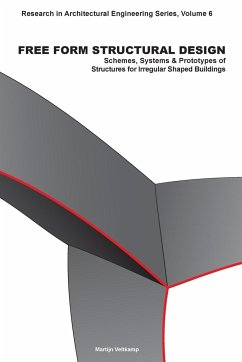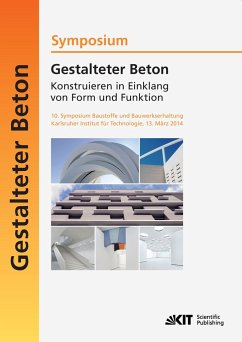Irregularly shaped building designs with surfaces curving in two directions ('double curved'), and also known as Free Form, Blob or liquid architecture, have gained renewed interest in the last decade due to the then emerging availability and user-friendliness of computerized design tools in the 1990's. These tools were introduced in the domain of architectural design through a technology transfer from film-, car and aeroplane industry. Whereas architects explored the tools' formal consequences and proposed building designs with them, the disciplines involved in the technical realisation of such building designs underwent little change, as they focused on digitising their existing working methods. This has resulted in structural designs which, despite fulfilling the functional and structural requirements, are not perceived as fully satisfying by the engineering disciplines. This study demonstrates how structures consisting of systematically generated components fulfil the needs for structures appropriate for free form building designs. The systems resulting from this research give unprecedented freedom of shaping, while maintaining rational fabrication standards. This can be implemented through parametric modelling, in which systems adapt themselves to the local geometry, as well as to local structural needs. Technically speaking, structures of irregularly shaped buildings no longer need to be constructed as 2-dimensional frames that slice through a building with total disregard of the building's geometry.








